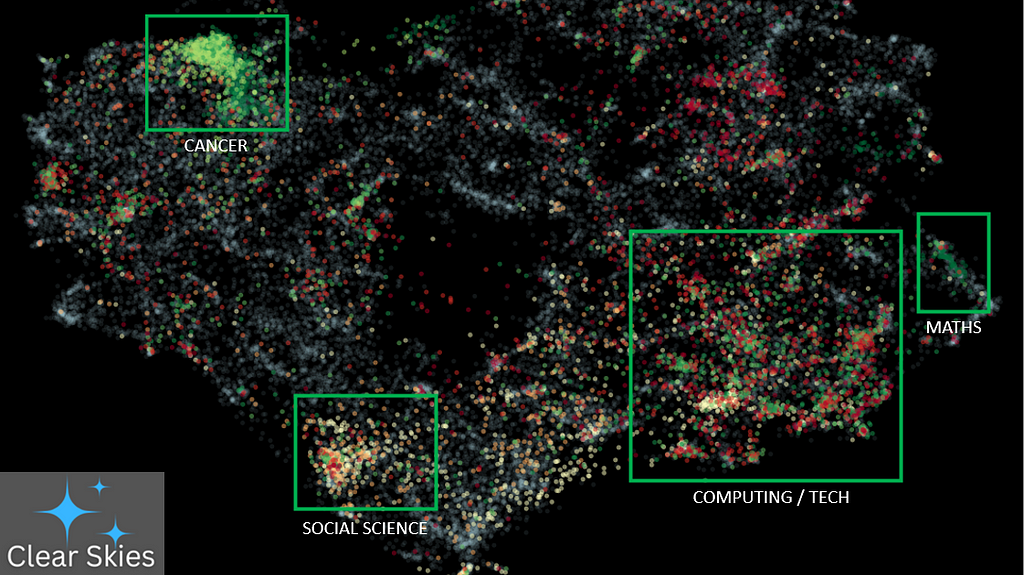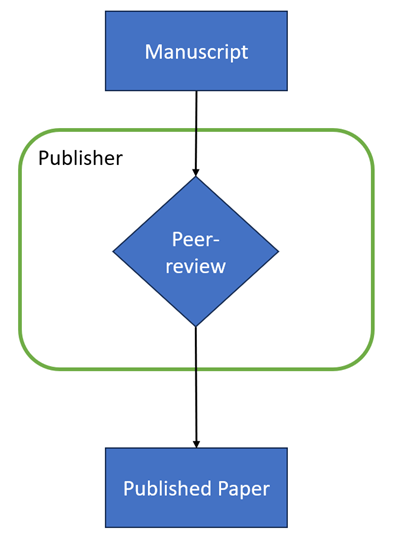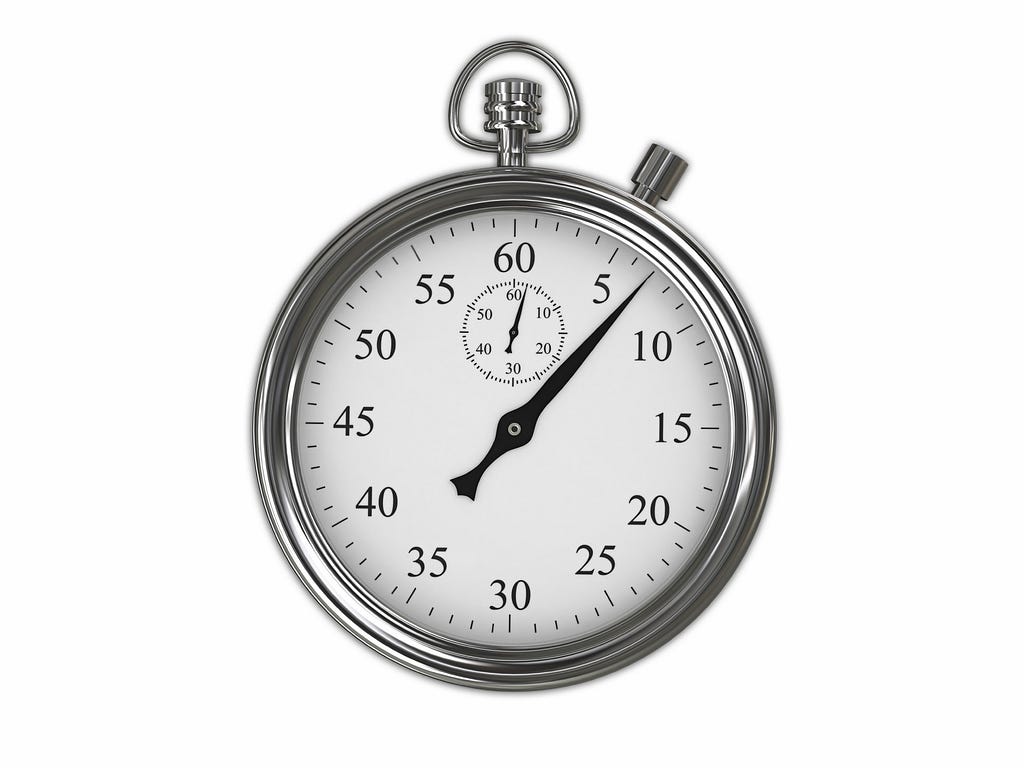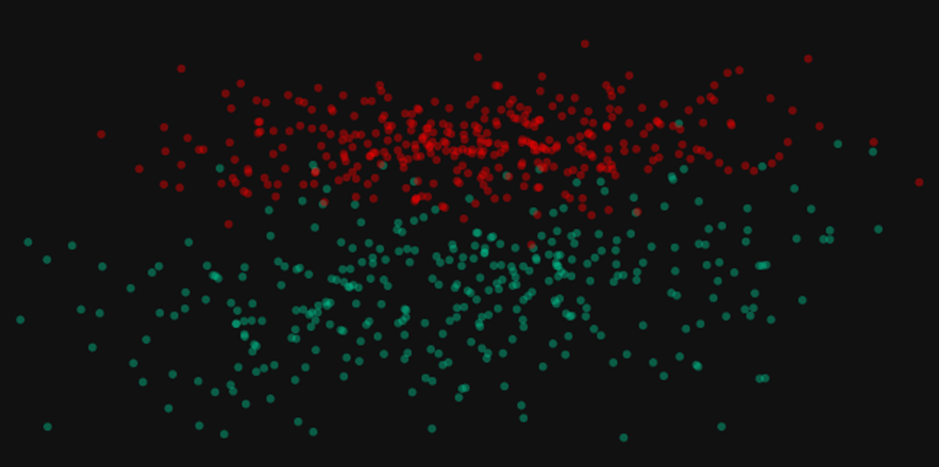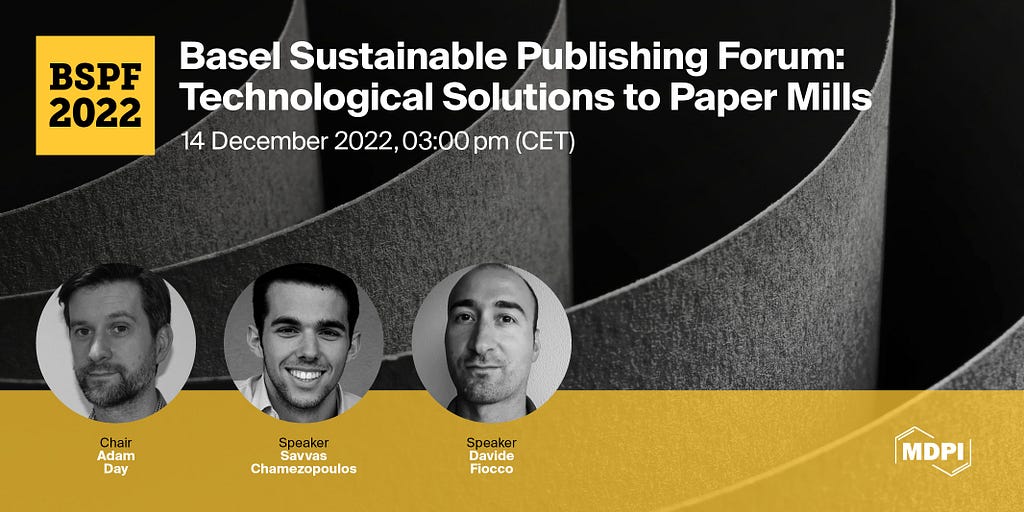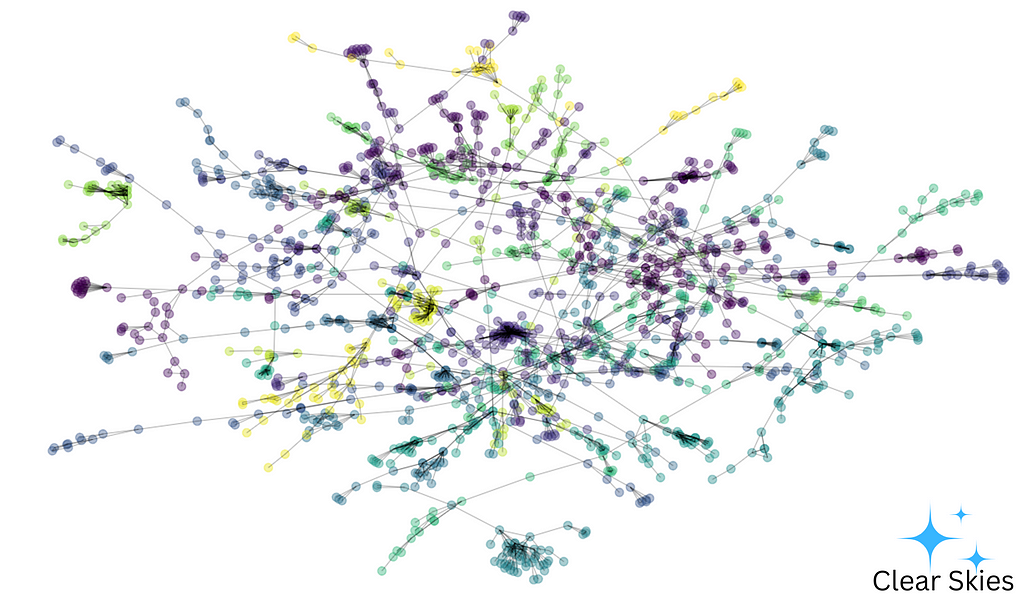
TL;DR: We can detect individuals with a high probability of being involved in milling papers. The question is: how should we respond? A few years ago, my bike was stolen. It was an organised job. The thieves arrived after dark, cut a hefty lock clean off, and my bike disappeared silently forever. I imagined it dismantled and sold off into some vast black market network. Poor bike. The police admitted that they weren’t going to do anything.
